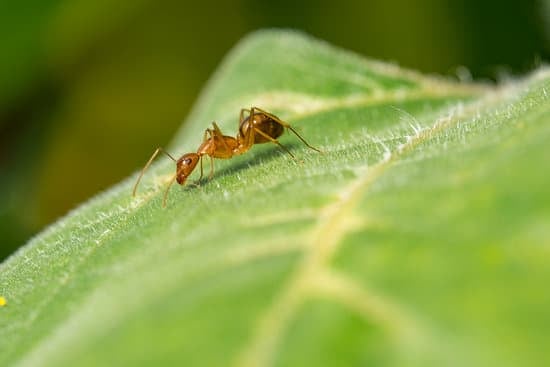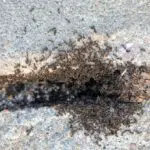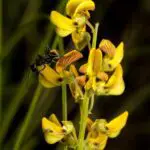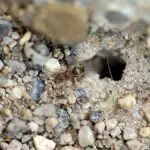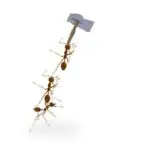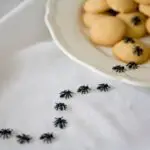Ant-Plant Symbioses
Throughout their evolutionary history, ants have evolved multiple times. Their interactions with plants, fungi, hemiptera, and other organisms have provided the ideal systems for exploring questions about evolution, adaptation, and coevolution. Ant interactions can be parasitic or non-parasitical, competitive or cooperative.
A large molecular clock-dated phylogeny of Formicidae revealed the evolutionary origins of ant/plant interactions. These interactions are based on plant-formed nest sites, which provide nesting spaces for ants. Ants kill insect herbivores to obtain food, and plants provide extrafloral nectar for the ants. These interactions have been documented in the fossil record since the Oligocene. Ant/plant symbioses have evolved over 15 Ma in the Neotropics.
Ants use a variety of semiochemicals to communicate with each other. These include alarm pheromones, chemical footprints, and cuticular hydrocarbons. Another important signal is nest-mate recognition. A number of species share the same nest, with overlapping generations.
Ants have evolved several times throughout their history, including several lines of ants that rely on mutualistic fungi for food. Some species, such as Allomerus, cultivate fungi. Another lineage, the Philidris nagasau ant, farms Squamellaria plants in Fiji.
Ant/plant symbioses can alter the general herbivory rate of plants. They can also influence the protective role of mutualistic ants. These mutualistic interactions have evolved more than 450 times in vascular plants.
Some plants grow in stressful environments that require water deprivation. These plants are adapted to survive under such conditions. Ant/plant symbioses are also known to exist at high altitudes.
